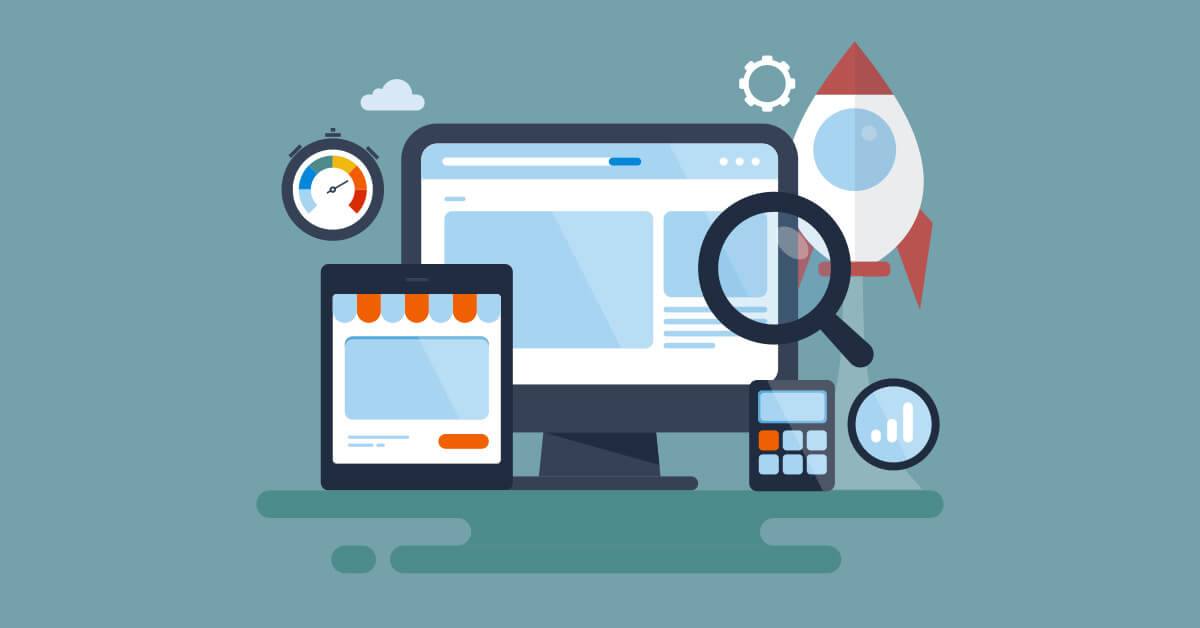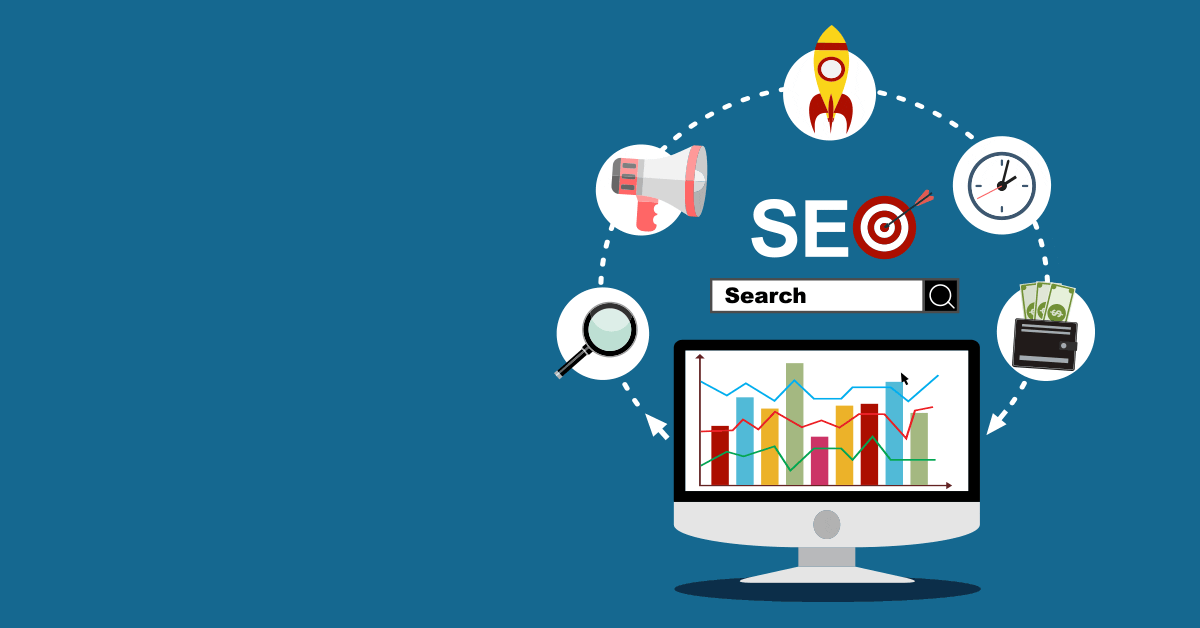
Article
Understanding Consumer Behaviour with Web Analytics
PUBLISHED:May 3, 2024
“Customer is king, and the king never bargains.”
This quote is self-explanatory. It shows that understanding your customers is the general rule all businesses follow. Analysing consumer behaviour can help companies create personalised marketing strategies, improve product offerings, and drive higher conversion rates.
According to Salesforce, 63% of B2C and 76% of B2B customers expect brands to know their unique needs and expectations.
Today, marketing leaders leverage web analytics to better comprehend consumer preferences, paving the way for more targeted and effective marketing campaigns.
Web analytics offers insights into consumer interactions, helping businesses tailor their digital presence to better meet customer needs and preferences. By tracking and analysing website traffic, user behaviour, and interaction patterns, companies can identify what drives conversions, enhances customer retention, and ultimately powers growth.
Now, if you are wondering where to get started and how to understand consumer behavior you are at the right place.
This post will discuss how web analytics can be utilised to understand and influence consumer behaviour effectively.
Factors Influencing Consumer Behavior
Here are the main factors that affect how people behave as consumers:
1. Cultural Factors
Cultural factors are the traditions and values passed down through generations. This is about how a person’s culture and background shape their preferences and choices. This affects what products people buy, the brands they like, etc.
2. Social Factors
Social factors involve the influence of family, friends, and social media. What friends and online influencers suggest can heavily sway what products people buy.
3. Personal Factors
Personal factors include things like age, job, lifestyle, and how much money someone has. These affect consumer choices— younger people might prefer trendy and tech-friendly products, while older individuals often look for reliability and value.
4. Psychological Factors
Psychological factors such as motives, beliefs, perceptions, learning experiences, and personal attitudes influence how consumers see and interact with a brand. This is all about how your mind works and how it affects your buying decisions.
How to Understand Consumer Behavior with Web Analytics
Using web analytics helps us see patterns in how customers behave online, helping businesses make better decisions. Here’s how to do that:
1. Define Your Objectives.
It’s crucial to know exactly what you want to find out from your analytics before you start. You can start by answering the questions such as:
- Do you want to know which products are most popular?
- Are you interested in finding out when people visit your website the most?
Setting clear goals helps you focus on the data that matters most to your business.
2. Choose the Right Tools
With so many analytics tools available, picking one that fits your specific needs is essential. Google Analytics is widely used because it’s powerful and free. Still, other tools might offer features better suited to your particular requirements, like more detailed real-time data or better integration with other software you use.
3. Identify Key Customer Behavior Metrics
You need to look at specific measurements or metrics to understand what your customers are doing on your website. For example:
- Page Views: It shows how many times a page is looked at. This can tell you which parts of your site are most popular.
- Bounce Rate: This tells you the percentage of visitors who leave your site after viewing only one page. A high bounce rate might mean that your site isn’t what they expected or it’s not engaging enough.
- User Demographics: This tells the demographics of your website visitors, such as age, gender, and location.
- Conversion Rates: It measures how many visitors complete a desired action, like signing up for a newsletter or buying a product. This is important for checking how effectively your site turns visitors into customers.
- Time Spent on Site: The longer people stay on your site, the more interested they likely are in your content or products.
4. Implement Tracking Tools
To gather all this data, you need to use certain tools that track what users do on your site:
- Cookies: Small files stored on the user’s device that can track their movements across your website. This helps you see what they’re interested in.
- Tracking URLs: Special web addresses you can use in your marketing campaigns that help you see how effective those campaigns are at bringing people to your site.
- Event Tracking: This lets you see how users interact with specific elements of your site, like buttons they click or videos they watch.
- Coupons and Discounts Tracking: If you have implemented coupons or discount codes, platforms like DontPayFull can help you track their effectiveness in real-time.
- CRM Integration: Integrate CRM systems to track customer interactions and purchase history.
- Social Media Monitoring: Use tools to track consumer conversations and sentiments on social media.
- Email Marketing Analytics: Analyze email open and click-through rates to understand consumer engagement.
- Surveys and Feedback: Collect customer feedback using online survey tools.
- Heatmaps and Session Recordings: Use tools like Hotjar or Crazy Egg to visualise user interactions on your website.
Using Hotjar for website page heatmap analysis
5. Analyze User Behavior
Once you have collected data, it’s time to look at it closely to understand how people interact with your site. After analysing this data, you can find patterns. They show which products are most viewed, which pages keep users engaged the longest, and where users tend to drop off. This step helps you determine what works well on your website and what might need improvement.
6. Conduct Segmentation Analysis,
Not all users are the same, so segmenting them into different groups based on their behaviour, demographics, or other characteristics is helpful. For example:
- Demographic Segmentation: Group users by age, gender, or location.
- Behavioural Segmentation: Group users based on their actions, like how often they purchase or what products they view.
Segmenting your users lets you tailor your marketing and site to meet the needs of different groups, making your strategies more effective.
7. Utilize A/B Testing
A/B testing involves showing two versions of a webpage, ad, or email to different parts of your audience to see which performs better.
For example:
- You can test two headlines on a product page to see which leads to more sales.
- You could compare two email layouts to determine which gets more clicks.
This method helps you see which elements resonate best with your audience. It lets you tune your content for better engagement and conversion.
Use web analytics to track the performance of each variation and identify which one yields the highest conversion rates.
8. Continuous Optimization
Your consumers’ preferences change constantly. You should use continuous optimisation. It means regularly using insights from your analytics and testing to make improvements. This can include changing your website design. You can also adjust your marketing strategies. You can update your products based on your data about customer preferences and behaviours.
Conclusion – Understanding Customer Behaviour to Retain Them for Longer
Analysing consumer behaviour through web analytics is more than just data gathering; it is about translating the information into tactics that will help improve customer retention and satisfaction. The key to success is establishing clear targets, picking the right tools, assessing metrics, and tailoring adjustments to the client’s needs perfectly.
Consumer behaviour analysis it’s not a one-time thing. Businesses need to keep learning and changing with the times. Companies have to keep up as people’s preferences change and technology improves. After all, the idea is to make data-informed decisions that help your customers continue choosing your products or services over others, which is exactly what you need for long-term success and sustained competitive advantage.
This post was edited by Greg Macdonald and authored by Aryan Jalan.
About the author
Aryan Jalan, a professional SEO consultant boasting five years of expertise, is dedicated to driving marketing success for businesses. An avid learner, he blends work with leisure, exploring books and new destinations.
LinkedIn: https://www.linkedin.com/in/aryanjalan/
Twitter: https://twitter.com/JalanAryan
Want to improve the effectiveness of your website?
Conversion Rate Optimization (CRO) is crucial for website owners because it directly impacts the success of their online presence. By focusing on CRO, website owners can maximise the effectiveness of their website in turning visitors into customers or achieving other desired actions, such as signing up for a newsletter or filling out a contact form.
Through continuous testing and refinement of various elements like design, content, and user experience, CRO helps to identify what works best for engaging visitors and guiding them towards conversion.
If you’re looking to increase conversion rates, maximise sales or leads, and improve user satisfaction, drop us a line today to see how we can help you identify opportunities to improve your website and boost your ROI.
Consumer Behaviour & Web Analytics: FAQ
Web analytics provides businesses with valuable insights into consumer interactions with digital platforms, including website traffic, user behaviour, and conversion metrics. By analyzing these data points, businesses can gain a deeper understanding of consumer preferences, needs, and trends.
Key metrics in web analytics include website traffic, bounce rate, average session duration, conversion rate, and return on investment (ROI). Tracking these metrics allows businesses to assess the performance of their digital marketing efforts and make data-driven decisions.
Businesses can use consumer behaviour insights to personalize marketing campaigns, optimise website design and user experience, target specific consumer segments, and allocate marketing resources effectively. By understanding consumer preferences and behaviours, businesses can tailor their marketing strategies to resonate with their target audience.
Common challenges in understanding consumer behaviour with web analytics include data privacy concerns, data accuracy issues, and the complexity of analyzing large datasets. Overcoming these challenges requires businesses to implement robust data governance policies, invest in data quality assurance, and leverage advanced analytics techniques.
Businesses can ensure data privacy and compliance by obtaining explicit consent from users before collecting their data, implementing secure data storage and transmission practices, and adhering to relevant data protection regulations such as the General Data Protection Regulation (GDPR) and the California Consumer Privacy Act (CCPA).
Artificial intelligence (AI) technologies such as machine learning and predictive analytics enable businesses to analyze large volumes of data and identify patterns, trends, and correlations in consumer behaviour. By leveraging AI, businesses can gain deeper insights into consumer preferences, predict future trends, and personalize marketing strategies at scale.






